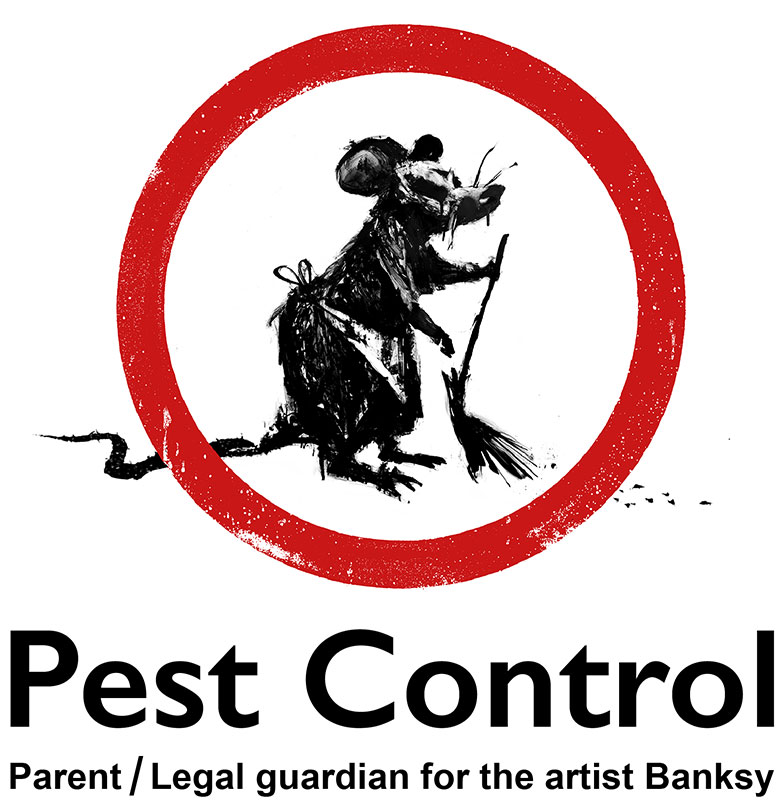Experienced A1 Exterminators Charlotte NC - Quick and Trusted Solutions
Experienced A1 Exterminators Charlotte NC - Quick and Trusted Solutions
Blog Article
Bed Pest Therapy Malfunction: Contrasting Chemical Vs. Non-Chemical Solutions
In the realm of pest control, especially when taking care of the persistent problem of bed pests, the selection in between chemical and non-chemical therapy options can be a crucial one. Both approaches provide unique benefits and drawbacks, influencing elements such as efficiency, safety factors to consider, and general expense. By examining the nuanced information of each method, a more clear understanding of which course to seek in dealing with a bed insect invasion can be obtained.
Efficiency of Chemical Therapies
Chemical therapies for bed bug problems have been widely identified for their powerful and fast effectiveness in eliminating these parasites. When taking into consideration the performance of chemical therapies, it is important to recognize that they can supply a quick and complete remedy to a bed pest trouble.
Furthermore, chemical therapies have the advantage of using residual impacts, suggesting that they can remain to remove bed bugs even after the first application. This residual activity is particularly advantageous in combating any kind of prospective re-infestations. In addition, the quick action of chemical treatments can bring relief to people dealing with severe bed bug invasions, permitting them to reclaim control of their living spaces swiftly.
Safety And Security Interest In Chemical Solutions
When utilizing chemical services for bed insect therapy is making sure the security of passengers and the environment,One critical facet that needs cautious consideration. While chemical therapies can be reliable in eradicating bed bugs, they may pose dangers if not handled correctly. One of the key security problems with chemical solutions is the possible damage they can cause to human wellness. Direct exposure to particular chemicals utilized in bed bug therapies can cause respiratory system concerns, skin inflammation, or other adverse responses, particularly in individuals with pre-existing conditions or level of sensitivities. Furthermore, incorrect application or dose of chemical pesticides can result in poisonous residues sticking around in the treated area, positioning long-term health and wellness risks to residents.
Furthermore, the ecological impact of chemical options is another considerable factor to consider. Some pesticides utilized in bed pest treatments might be harmful to helpful bugs, wildlife, and environments if they seep right into the dirt or water supply. It is vital to make use of chemical treatments deliberately, following safety standards, and considering less toxic choices to mitigate these threats and ensure the risk-free and reliable monitoring of bed pest problems.
Benefits of Non-Chemical Approaches
Considering the potential safety and security concerns and ecological effect associated with chemical services for bed bug treatment, discovering non-chemical techniques offers an appealing alternative with numerous distinctive benefits. Non-chemical methods provide a more secure option for households, particularly those with kids, animals, or individuals delicate to severe chemicals. These methods remove the dangers of exposure to toxic compounds, reducing the capacity for adverse wellness results. Furthermore, non-chemical treatments are eco-friendly, as they do not add to air or water pollution, making them a sustainable selection for insect control.
Additionally, non-chemical services can be reliable in targeting bed bugs, consisting of hard-to-reach areas where chemical treatments may not pass through - A1 exterminators charlotte nc. Techniques such as heat therapy, vacuuming, heavy steam cleaning, and cushion coverings give comprehensive eradication without the use of dangerous chemicals.
Limitations of Non-Chemical Treatments

Furthermore, non-chemical treatments commonly call for multiple applications to attain effective obliteration. This can be time-consuming and might not always ensure total elimination of all bed bugs and their eggs, specifically in hard-to-reach or concealed places.
Moreover, the success of non-chemical therapies heavily relies on correct application and thoroughness, which can be testing for people without expert competence. Inadequate application of non-chemical methods might lead to insufficient obliteration, resulting in consistent infestations and the requirement for additional therapies.
For that reason, while non-chemical treatments have their benefits, it is necessary to recognize these limitations and consider them when determining one of the most effective approach for managing bed bug infestations.
Price Comparison: Chemical Vs. Non-Chemical Options
Offered the restrictions connected with non-chemical treatments, an essential element to examine in the context of bed bug administration is the expense contrast in between chemical and non-chemical choices. Chemical treatments typically entail the look at this website application of insecticides by experts, which can vary from $250 to $900 per room, relying on the intensity of the problem and the dimension of the location to be dealt with. On the other hand, non-chemical therapies like warm therapy or vapor can be much more pricey, with prices varying from $1,000 to $6,000 for an entire home. While the preliminary cost of chemical therapies may seem lower, several treatments may be needed to fully eliminate the infestation, potentially raising the total price. On the other hand, non-chemical options might offer a much more eco-friendly and sustainable option, although they can be cost-prohibitive for some people. Ultimately, when thinking about the expense of bed pest therapy choices, it is very important to consider the upfront costs versus the effectiveness and long-term sustainability of the selected method.
Final Thought

Considering the prospective safety pest control removal and security concerns and ecological effect associated with chemical remedies for bed pest therapy, discovering non-chemical strategies presents a promising choice with several unique advantages.Provided the constraints associated with non-chemical therapies, an important aspect to examine in the context of bed bug management is the cost contrast between chemical and non-chemical options. In contrast, non-chemical therapies like heat treatment or vapor can be more expensive, with prices ranging from $1,000 to $6,000 for an entire home. While the initial cost of chemical therapies their explanation might seem lower, multiple therapies may be called for to totally get rid of the infestation, potentially increasing the total price.In conclusion, when comparing chemical and non-chemical bed pest therapy options, it is necessary to consider efficiency, safety and security, advantages, restrictions, and expense.
Report this page